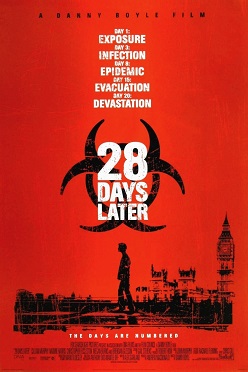 |
| Source: Wikipedia |
F. Scott Fitzgerald's novel
The Great Gatsby is widely regarded as one of the greatest American novels ever written. Nearly 90 years after its composition, it remains very popular among readers and, as Baz Luhrnmann's new film adaptation has proven, moviegoers. Suzanne Collins's
Hunger Games trilogy is a bestselling series that has been adapted into an equally successful movie franchise. The success of both works has made them pop culture icons. This is ironic since
The Great Gatsby and
The Hunger Games actually criticize the very aspects of popular culture that popular culture emphasizes in them. Although
The Great Gatsby is a biting critique of American materialism, the book has inspired art and films that emphasize the lavish lifestyle of Jay Gatsby. Similarly, although
The Hunger Games criticizes the alleged "bread and circuses" atmosphere of contemporary America, the books have inspired movie adaptations (and numerous rip-offs) that capitalize on the inherent violence of the stories, preying on the very voyeurism they claim to criticize.
 |
Gatsby's Mansion from the 2013 film The Great Gatsby
Source: imdb.com |
The French critic Baudrillard argued that life was a simulation. He first posited that human concepts of meaning, power, law, and order were only simulations held in place by people who wrongly believe them to be real. However, Baudrillard went on to argue that "the simulation" (what most of us call "real life") would absorb any attempt to prove its existence, reinforcing its own hold on humans. While life itself may not be a simulation, popular culture certainly behaves the way Baudrillard argues "the simulation" behaves. Even successful critiques of American pop culture, like
The Great Gatsby and
The Hunger Games, ultimately fail to open our eyes to the inherent failings of popular culture. Although these books criticize the failings of American culture (our love of material objects and violent spectacle respectively), they have themselves become icons of the culture they criticize. We sigh as we imagine Gatsby's expensive cars, palatial home, and lavish parties. We thrill to the adventures of Katniss and her fellow competitors. Therefore, we support the very system the books we love criticize.
 |
James Dean plays troubled teen Jim Stark
in Rebel Without a Cause
Source: Wikipedia |
Of course, this kind of cultural appropriation is not new. Nor indeed, is this phenomenon confined merely to literature. During the 1700s, in an effort to quell Jacobite sentiments in Scotland, the English government banned kilts, bagpipes, and other symbols of Scottish nationalism, then appropriated these symbols to use as the icons of elite British regiments. Thus, the dominant cultural system absorbed counter-cultural symbols and turned them against the counter-culture. Later, in the 1950s and 1960s, wearing blue jeans became a way of "defying the establishment" as James Dean proved in
Rebel Without a Cause (1955). It did not take long, however, for blue jeans to transition from icons of counter-culture, to fashion statements. Instead of defying popular culture, blue jeans came to signify an adherence to popular culture. True, jeans are not as complex as a novel, but the pattern is the same.
On a final note, even Baudrillard's indictment of "the simulation" was, itself, absorbed by "the simulation." His essay "Simulacra and Simulations" became the inspiration for the popular
Matrix movies, which, for all their good intentions, quickly devolved into mindless action movies. At the end of the day, The Simulation always wins.






